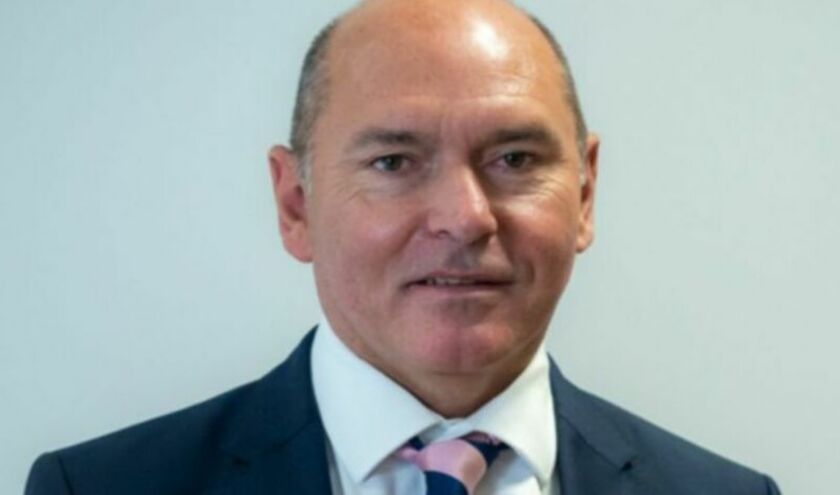The announcement in an update to NHS leaders on progress towards 2025/26 targets, came after waiting lists rose for the second month in a row to over 7.4m in July.
Mackey said: ‘Following a strong start to the year, elective and UEC performance has drifted a little over the summer, and we need to take urgent action to ensure delivery returns to plan by the end of quarter.'
The NHSE boss said that while industrial action had made a ‘significant contribution', ‘higher than expected demand, financial pressures, and challenges on rates of pay' had also had an impact.
On electives, Mackey said trusts would be required to submit revised trajectories to return to plan by December.
All providers are expected to eliminate their remaining 65 week waits by mid-December and meet the planning guidance requirements for 52 week waits by the end of March 2026. The number of waits longer than a year was down more than a third (191,648) in July on last year (290,326). The proportion of patients waiting less than 18 weeks was 61.3% in July with the Government having targeted 65% by March 2026 and 92% in 2029.
On UEC, Mackey said 4-hour, 12-hour and ambulance performance ‘would need to improve' ahead of winter, adding ‘we all need to step up our focus on 4 hours again, and make some significant shifts in this so that we can start to impact on crowding in our emergency departments.
NHS urgent and emergency services faced their busiest August this year, with 2.3m A&E attendances and 775,330 ambulance incidents – up 5% and 6% respectively on the year before.
Despite this, average response time for Category 2 incidents, such as heart attacks and strokes, was the fastest for more than 4 years – since May 2021 – at 27 minutes 3 seconds.



